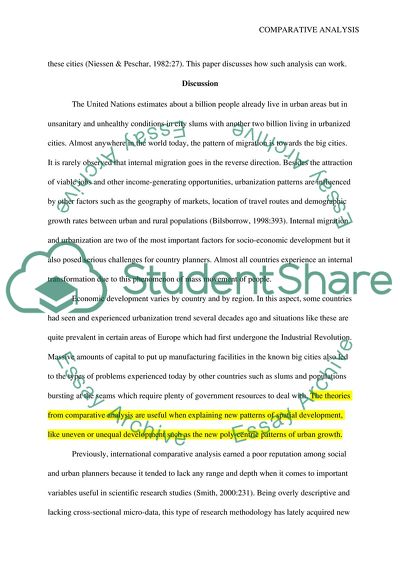Cite this document
(“International Comparative Analysis Essay Example | Topics and Well Written Essays - 1000 words”, n.d.)
International Comparative Analysis Essay Example | Topics and Well Written Essays - 1000 words. Retrieved from https://studentshare.org/environmental-studies/1573091-international-comparative-analysis
International Comparative Analysis Essay Example | Topics and Well Written Essays - 1000 words. Retrieved from https://studentshare.org/environmental-studies/1573091-international-comparative-analysis
(International Comparative Analysis Essay Example | Topics and Well Written Essays - 1000 Words)
International Comparative Analysis Essay Example | Topics and Well Written Essays - 1000 Words. https://studentshare.org/environmental-studies/1573091-international-comparative-analysis.
International Comparative Analysis Essay Example | Topics and Well Written Essays - 1000 Words. https://studentshare.org/environmental-studies/1573091-international-comparative-analysis.
“International Comparative Analysis Essay Example | Topics and Well Written Essays - 1000 Words”, n.d. https://studentshare.org/environmental-studies/1573091-international-comparative-analysis.


